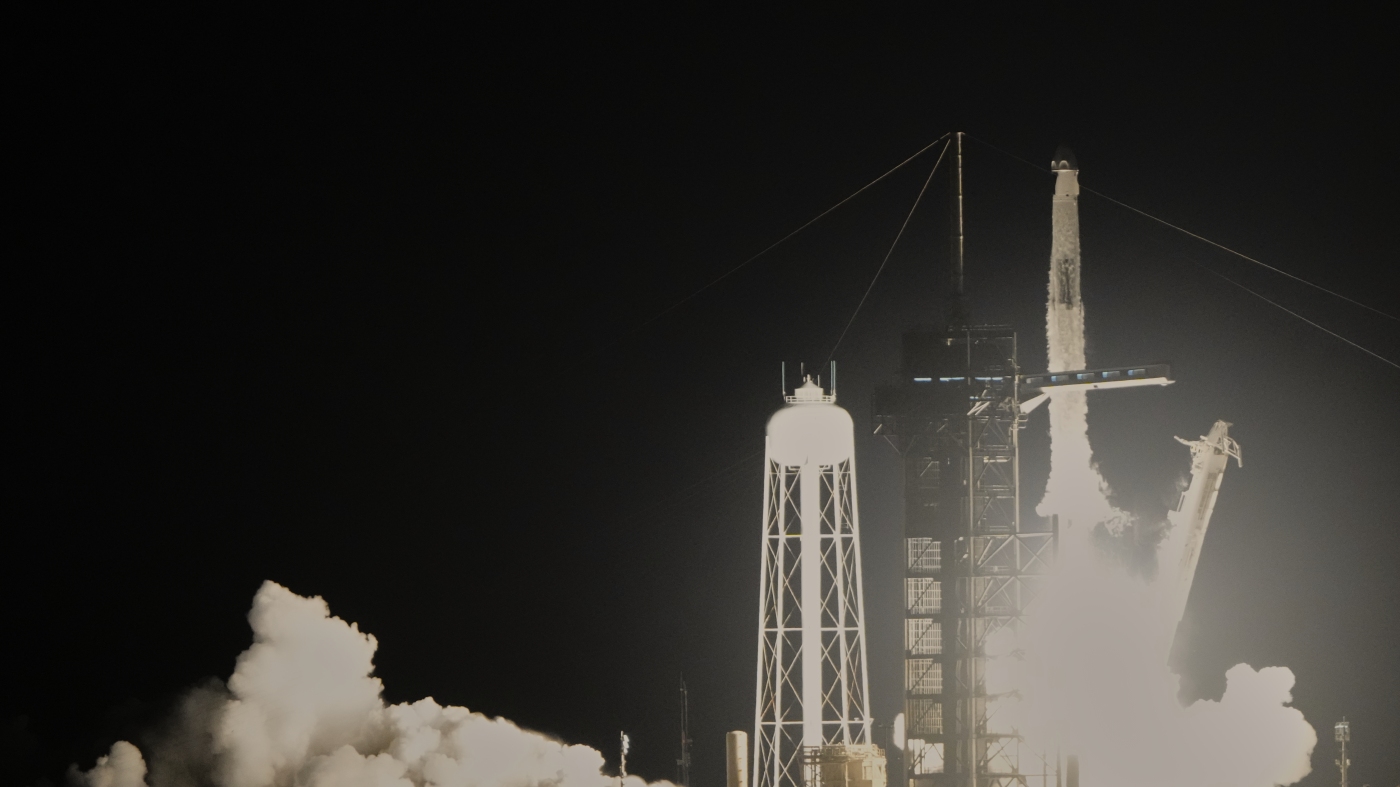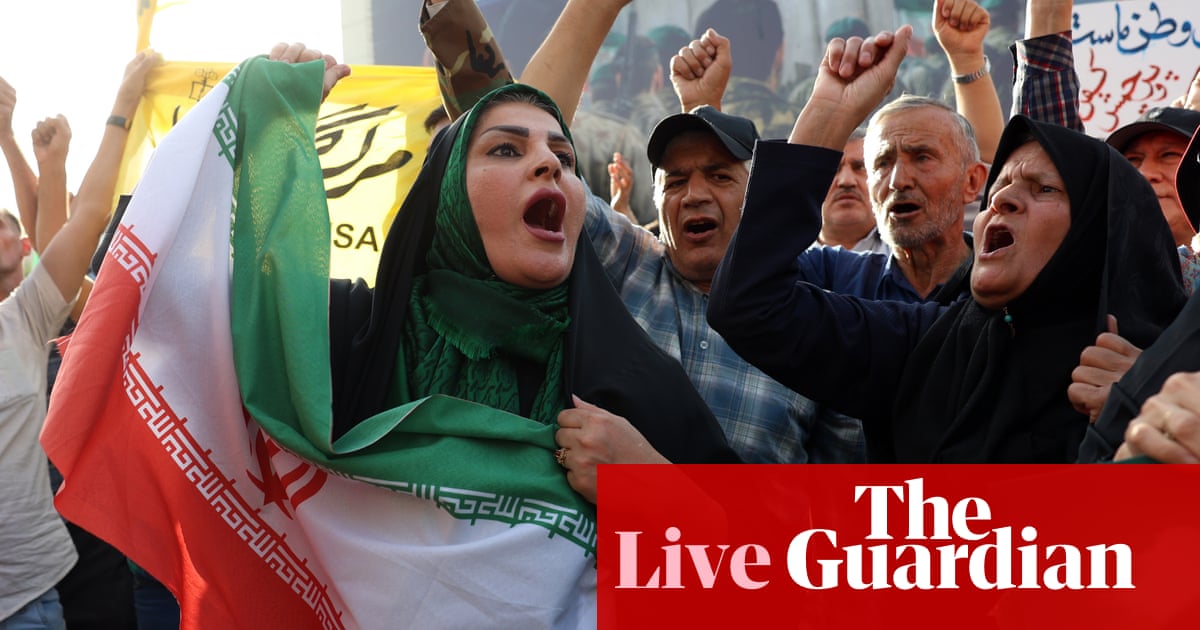Ukraine and Russia Innovate with New Military Tactics and Weapons

The conflict between Ukraine and Russia has prompted both militaries to adapt and innovate, utilizing a range of new tactics and weaponry. Recent developments highlight this ongoing battle of ingenuity, including the emergence of a Russian jet-powered bomb, Ukrainian light aircraft repurposed as long-range attack vehicles, and advancements in maritime drones. Both sides are actively incorporating artificial intelligence, robotics, and unmanned systems into their operations, while also relying on some surprisingly low-tech solutions.
One notable instance of Ukrainian innovation took place earlier this month at a Ukrainian airfield. A small team assembled a pilot-less light aircraft for a mission aimed at a target in the Russian industrial city of Dzerzhinsk, approximately 370 kilometers (230 miles) east of Moscow. The aircraft, equipped with a basic bomb, undertook a flight covering 2,000 kilometers (1,243 miles) and reportedly led to a significant fire at an explosives factory in Dzerzhinsk, which produces shells for the Russian military. The project, led by an aviation enthusiast with the call-sign Goronych, involves converting single-seater planes into rudimentary long-range missiles by replacing the pilot’s seat with fuel tanks and batteries for navigation and communication.
Goronych and his team are now integrated into the 14th regiment of Ukraine’s special operations forces. They have also participated in attacks targeting critical facilities within Russia, including a recent strike on a mechanical plant in Saransk, which is responsible for manufacturing detonators and mines. This initiative represents one of many adaptations made by both militaries as they seek to leverage light aircraft and drones in their operations.
New Weapons and Tactical Evolution
In September, the chief of staff of the Ukrainian military, Oleksandr Syrskyi, noted the effectiveness of light aircraft equipped with machine guns in intercepting Russian drones. Following this, Russian forces have begun deploying small planes armed with machine guns in occupied territories to counter Ukrainian drone operations. However, their decision to showcase these aircraft on television backfired, as the Ukrainian Security Service identified their locations and subsequently neutralized two of the planes.
On a more advanced technological front, Russia has recently introduced a new jet-powered guided bomb, adapted from its existing stock of free-fall bombs. According to Vadym Skybitski, the deputy head of Ukrainian Defense Intelligence, this new bomb has a range of approximately 200 kilometers (124 miles). Prior to this, Russia had been converting Soviet-era bombs into glide munitions with a range of approximately 80 kilometers (50 miles). Reports indicate that nearly 300 of these munitions were launched in a single day last week, with a daily average exceeding 100.
The new variant, designated as the UMPB-5, has been deployed in recent strikes against Kharkiv in northeastern Ukraine. A Russian aviation blogger noted that the weapon is already in use and anticipated its production would escalate tensions in the conflict.
Ukrainian forces have also made significant strides in the development of maritime drones, which have proven effective against Russia’s Black Sea fleet. The Ukrainian Security Service (SBU) unveiled their latest generation of maritime drones, capable of traveling over 1,500 kilometers (932 miles) and carrying up to 2,000 kilograms (4,409 lbs) of explosives. These drones can also be outfitted with a multiple rocket launcher system, enhancing their offensive capabilities.
Adapting to Changing Battlefield Dynamics
Initially, the Ukrainian military demonstrated greater agility in adapting tactics and equipment compared to Russian forces. However, over time, Russian units have made significant improvements. Analyst Dara Massicot noted that Russian forces have incorporated protective armor onto vehicles, developed new camouflage techniques, and adopted small-unit assault tactics. The Russian Defense Ministry has also established an elite drone unit named Rubikon, which experiments with various tactics that inform the operations of other unmanned aerial vehicle (UAV) units.
Despite Ukraine’s innovative approaches and increased production of drones and missiles, the country continues to rely heavily on support from its allies. Russian missile and drone strikes have underscored vulnerabilities in Ukraine’s air defense systems, particularly as Russia reportedly ramps up its production to over 6,000 Shahed-type drones each month.
Ukraine’s leadership has expressed a pressing need for longer-range missile capabilities to target drone manufacturing facilities deep within Russia. While discussions around providing Tomahawk cruise missiles have stalled, with U.S. President Donald Trump indicating that such support is currently off the table, Ukraine is looking to European allies for assistance. President Volodymyr Zelensky emphasized the importance of international support in safeguarding lives and accelerating the end of the conflict. He expressed optimism for forthcoming agreements on defense capabilities during meetings with European partners.
As the conflict continues, the emphasis on rapid improvisation remains crucial for both sides. The dynamic nature of the battlefield necessitates that both Ukraine and Russia adapt their strategies and technologies in order to gain the upper hand.






